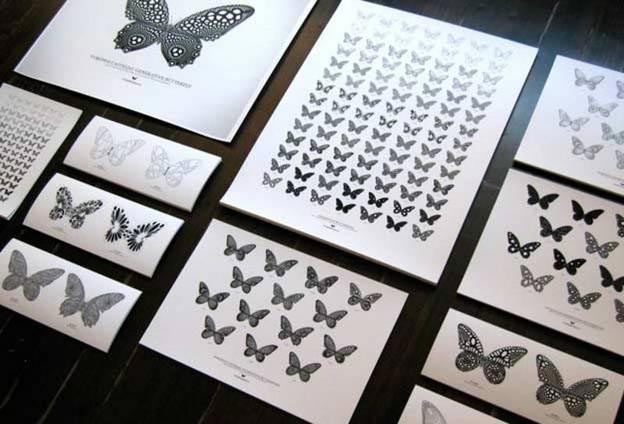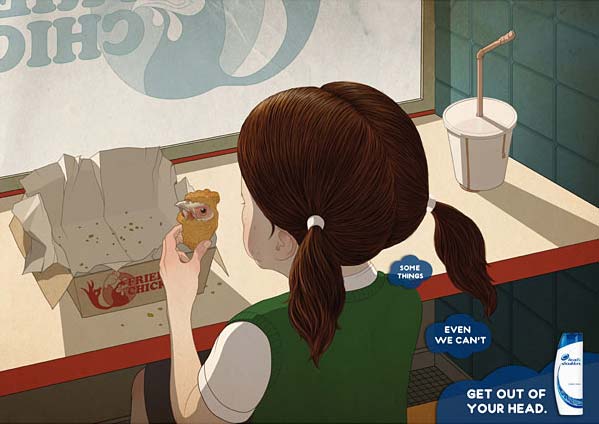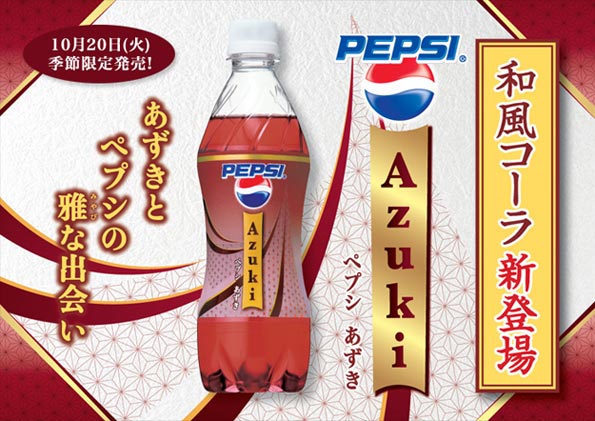media
I’ll be clickin’ by your house about two forty-five

You’ve heard of Neuromarketing, which measures the neural activity of consumers (via fMRI or EEG) in response to various products or advertisements. Now, get ready for Genomarketing!
The Neuroethics & Law Blog has alerted us to a recent paper by De Neve and Fowler (2009) reporting that people with a specific low efficiency variant of the gene for monoamine oxidase A are significantly more likely to have credit card debt. (…)
Using data from the National Longitudinal Study of Adolescent Health, the authors found in that sample of 18-26 year olds,
Having one or both MAOA alleles of the low efficiency type raises the average likelihood of having credit card debt by 7.8% and 15.9% respectively. (…)
Is this the foreshadowing of a highly unethical marketing practice? Marketing based on MAO-A genotype, as determined from mailed-in credit card applications and payments? Credit card companies will have in-house labs to extract DNA from stamps and envelope flaps (Sinclair & McKechnie, 2000; Ng et al., 2007). Taking it one step further, entire marketing campaigns will be tailored to specific markers in an individual’s genome.
Not so fast. There are many limitations in the findings of De Neve and Fowler.
neon { Martin Creed | Thanks Daniel! }
The evening fell just like a star, left a trail behind

{ Erotika phone ad | via Copyranter }
‘Democracy is the worst form of government except for all the others that have been tried from time to time.’ –Winston Churchill

In October, online retailer Mailorama.fr announced that it would hand out envelopes stuffed with cash to passersby under the Tour Eiffel in central Paris. Some envelopes would contain ten euro bills; others might contain 500 euros. In all, organisers planned to give away between 40,000 and 100,000 euros.
The head of the Paris police warned that the stunt might attract trouble and looked into ways of preventing it under public order acts, but eventually gave official approval to the organisers. Come Saturday, though, it was set to go ahead. More than 5000 people - many youngsters from the city’s “sensitive” neighbourhoods - gathered on the Champs de Mars to await the Mailorama bus which would distribute the dosh.
The police became worried about the crowd’s mood and asked the company to call off the stunt; Mailorama obliged, but some fortune seekers became angry and attacked police and passersby. A car was overturned and more than a dozen rioters arrested.
The French interior ministry has indicated that it will file a lawsuit against Mailorama; the mayor of the VIIth arrondisement, Rachida Dati, has demanded that the City of Paris also bring charges against the company.
Sidewalk sundae strawberry surprise

Rupert Murdoch said recently that he’s planning to stop Google News from indexing his publications including the Times of London and the Wall Street Journal. Murdoch’s idea is that Google News and the like make it too easy for Internet users to sample news for free rather than paying for it as God and Rupert intended. Mark Cuban, who is very clever but with whom I rarely agree, thinks this is smart on Murdoch’s part, because Twitter is changing the way people find news, effectively disintermediating Google, but not the News Corp. publications, themselves.
It’s funny how Murdoch’s statement made Cuban think of Twitter while it made me think immediately of the A&P.
The Great Atlantic and Pacific Tea Company, or A&P, was America’s first national chain of food markets. Hell, it was America’s first self-serve market, first to have store brands, first to advertise nationally, first to have a customer loyalty program (in 1912!), first to publish its own magazine (Womens’ Day, which is still around, though no longer owned by the A&P), and for most of my childhood back in Ohio A&P was the big Kahuna of grocery chains. With $5.4 billion in sales in the mid-1960s, A&P was at least 20 percent bigger than any of its competitors.
But after 105 years of setting the pace for the grocery industry, A&P peaked in the mid-1960s and went into a decline that lasted for at least 15 years and, it can be argued, continues even to this day. A&P, which has had German owners (the Tengelman Group) since the 1970s, is more of a super-regional chain today and doesn’t particularly vie for industry leadership on any measure. What happened in the mid-1960s to hurt A&P was it opted out of being indexed by Google News.
Well not literally, but close enough. A&P management, which back in the mid-60’s was still chosen from the founding Hartford family, decided at that time to abandon shopping centers — retail aggregators as Google is a news aggregator. They reasoned that in most shopping centers the anchor store was an A&P. In their view their supermarket was the main draw for a shopping center and didn’t need any of those other shops or stores to provide traffic. The rest of the shopping center was seen by A&P management as being purely parasitic.
related { Interview with Rupert Murdoch | video }
previously { For the next few decades, journalism will be made up of overlapping special cases. }
photox { The last days of Gourmet magazine }
Hippa to the hoppa and you just don’t stoppa

{ Pagan magazine, 1966 | Richard Kern and Jo Ratcliffe, V Magazine September 09 }


{ Katsura Funakoshi, The Sphinx is Eating a Grasshopper above the Forest, 2007-2008 | Asger Carlsen }

{ Oscar Santillan, Failed dawn, 2008 | Stéphane Vigny, Lustre, 2007 }

{ Thom Puckey, Black Penitent, 2000 | Mask, dated 1745, Inscribed by Myochin Muneakira | The Metropolitan Museum of Art, New York }
Tender strips of breast deep-fried to a golden brown

You’re sitting at home and you see an ad on TV for junk food. Fast food, some sugary cereal, a hot dog wrapped in a waffle wrapped in bacon wrapped in whale blubber. Whatever. Even if you don’t go out and buy this product, can the ad itself contribute to making you fat?
It can.
That’s the conclusion of a new paper out in Health Psychology:
Children consumed 45% more when exposed to food advertising. Adults consumed more of both healthy and unhealthy snack foods following exposure to snack food advertising…
related { Weird food McDonald’s sells around the world. }
related { We spend more on products with detailed nutritional information. }
With a decorative ring

Research has shown that people can more easily learn a new language at a younger age. A new study extends this phenomenon to the language of marketing. In speed-of-recognition tests on college students and senior citizens, researchers found that exposure to brand names at younger ages increased brand familiarity in the present. Even brand names that had been extinct for decades were recognized more quickly among seniors than newer brands. According to the authors, “the current findings indicate that there should be a considerable advantage to acquainting children with brand names, even if the products in question are ones they will not purchase or be interested in until later in life.”
{ The Boston Globe }
photo { Cass Bird }
I said he’s a fairy, I do suppose, fly through the air in pantyhose

{ The Barbarian Group and McLeod, Biomimetic Butterflies, 2007 }
related:
By the time I reached my senior year in 1997, my experience with the internet was limited to poking around on AOL while I was home for Christmas. (…)
Seven and a half years ago, Benjamin Palmer (CEO of The Barbarian Group) approached me and asked if I would be interested in starting a company with him. (…)
Our first job was for Nike (through Wieden + Kennedy). Our second, Volkswagen (through Arnold Worldwide). Not too shabby for a start-up working out of Benjamin’s apartment. Ever since then, its been success after success. We received a ton of press, a ton of awards, and never had to go searching for clients.
{ Robert Hodgin | Continue reading | Related: Flint C++ framework }
In passion and fashion he began travelin’ time, 3rd eye, 3rd eye, 3rd eye

{ Playboy may finally publish an issue that nobody jerks off to the cover model. | Playboy November 2009 cover feat. Marge Simpson | Playboy October 1971 cover feat. Darine Stern }
related:

{ Andrea Mantegna, St Sebastian, c. 1470 | Esquire magazine, April 1968 | And: Radar Magazine parodies 1968 Muhammed Ali Esquire cover }



